Fumihiko Maki has practiced architecture for six decades now. His firm, Maki and Associates, has designed iconic buildings both within Japan, including the Spiral Building in Tokyo's Aoyama district, and abroad, such as the 4 World Trade Center in New York. In 1993, he received the Pritzker Prize, architecture's highest honor. At the time, he was the second Japanese architect to have won the award, preceded only by his mentor Kenzo Tange who won it in 1987.
At a recent meeting in his Daikanyama office, I sat down with Maki to discuss "City with a Hidden Past," the first English edition of the landmark book "Miegakure-suru Toshi." Originally published more than 30 years ago, the book has gone through 21 printings in Japanese. Maki and his coauthors wrote it as a way to understand the hidden factors that make the seemingly inscrutable city of Tokyo legible. It is a guide to the city's idiosyncratic streets, the many layers of its urban facade, and the microtopology that brings a sense of place to its many neighborhoods.
How has Tokyo changed since the you first wrote "City With a Hidden Past"?



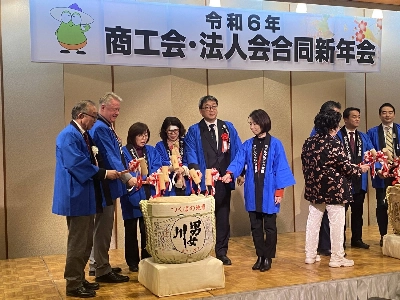



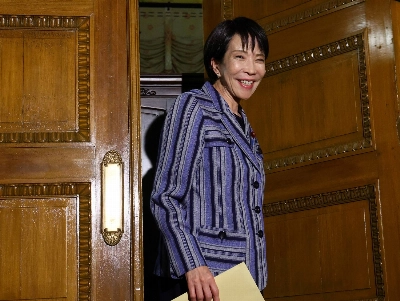

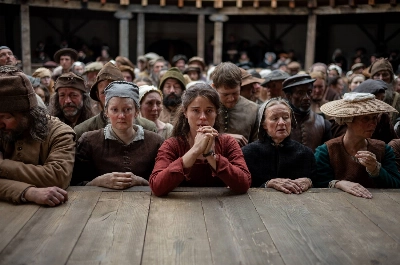
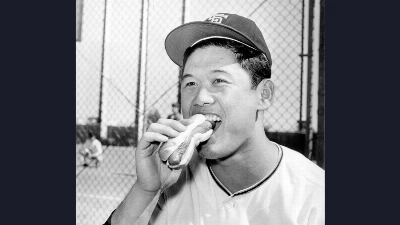
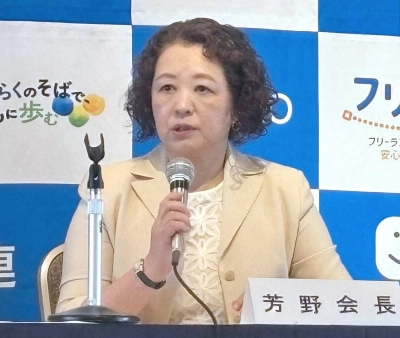
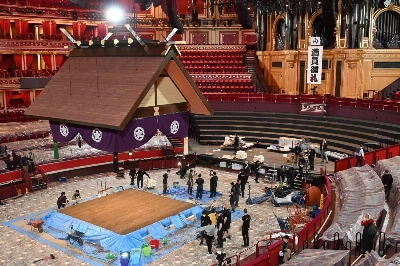





With your current subscription plan you can comment on stories. However, before writing your first comment, please create a display name in the Profile section of your subscriber account page.